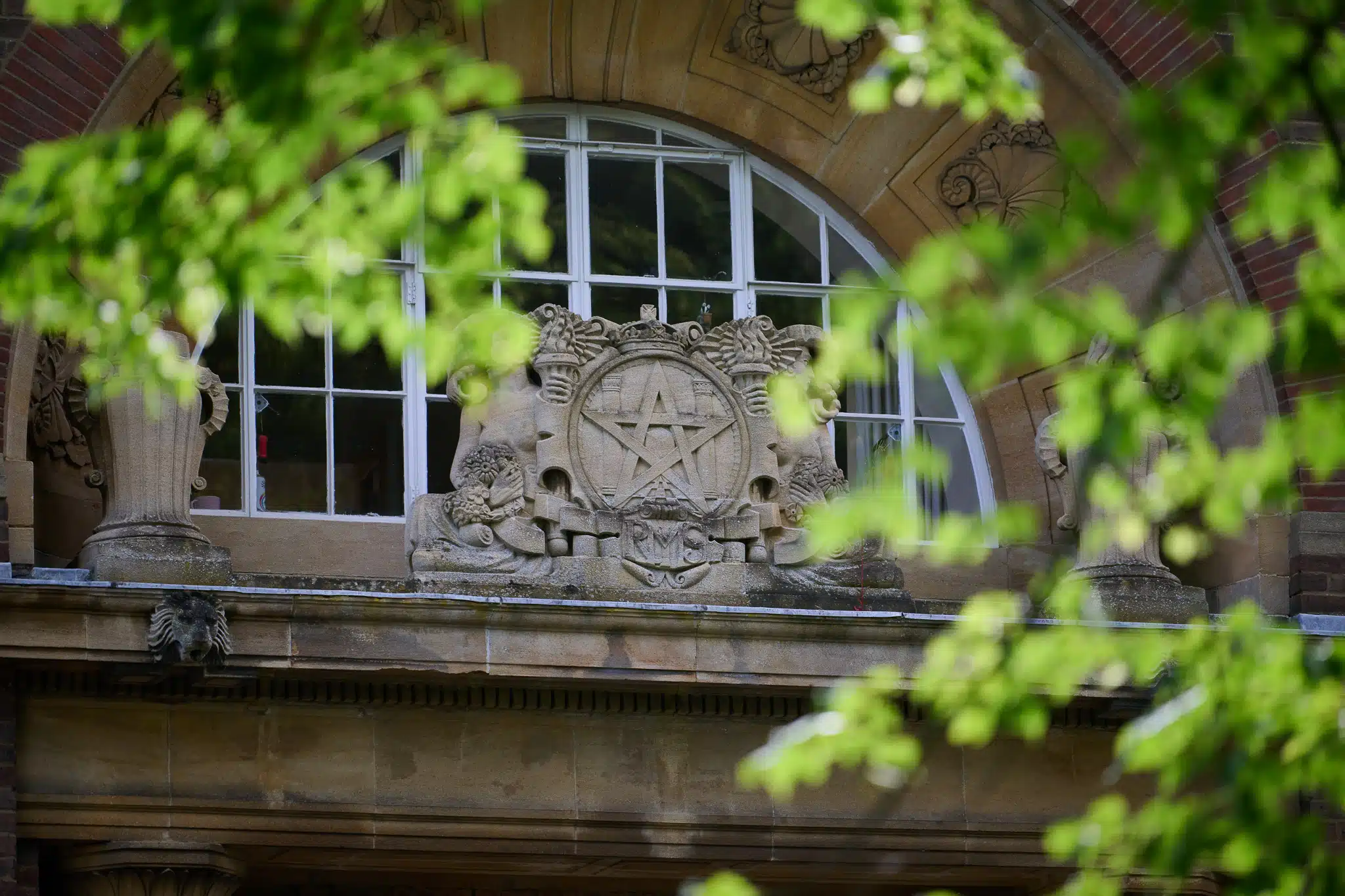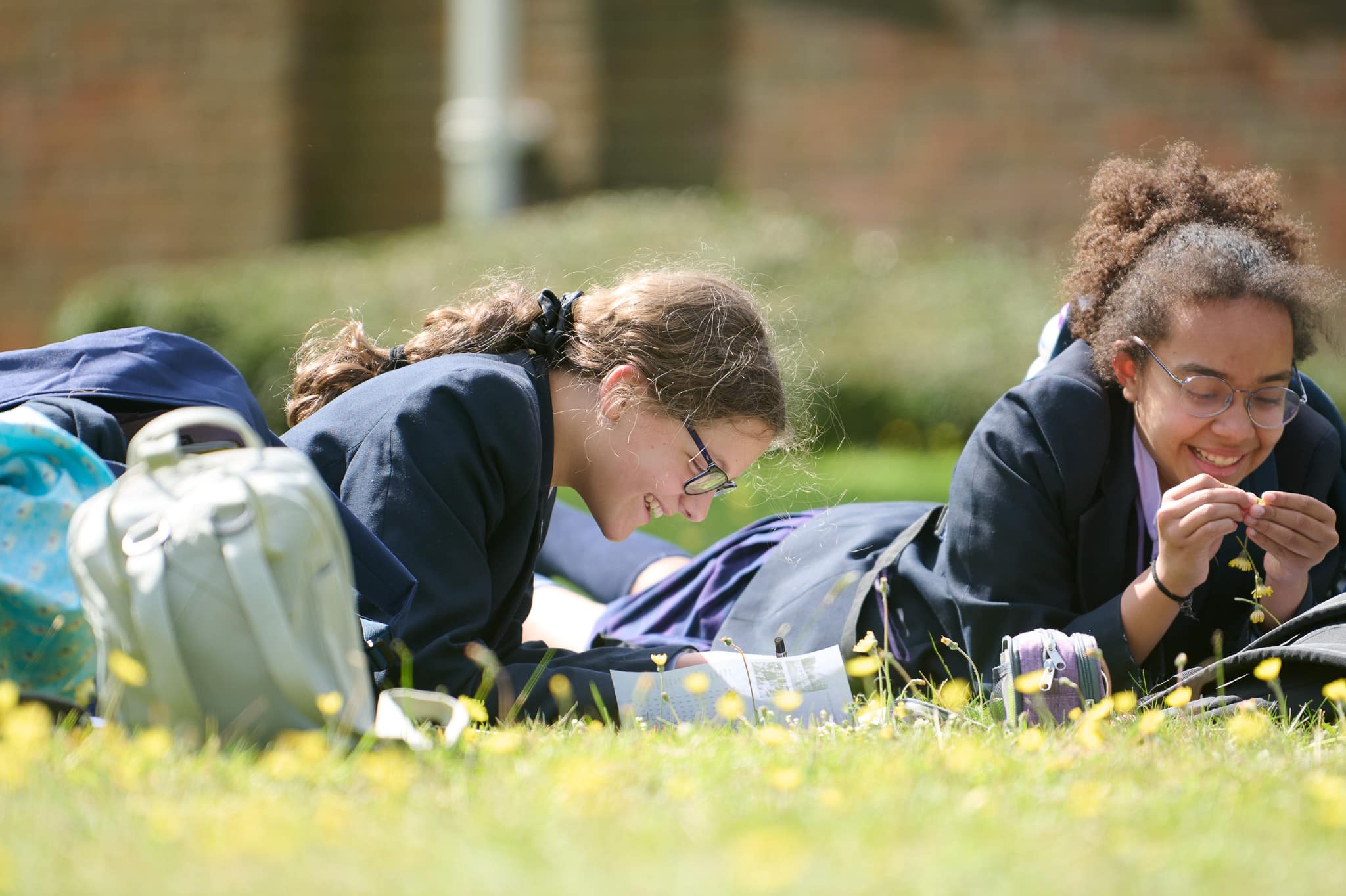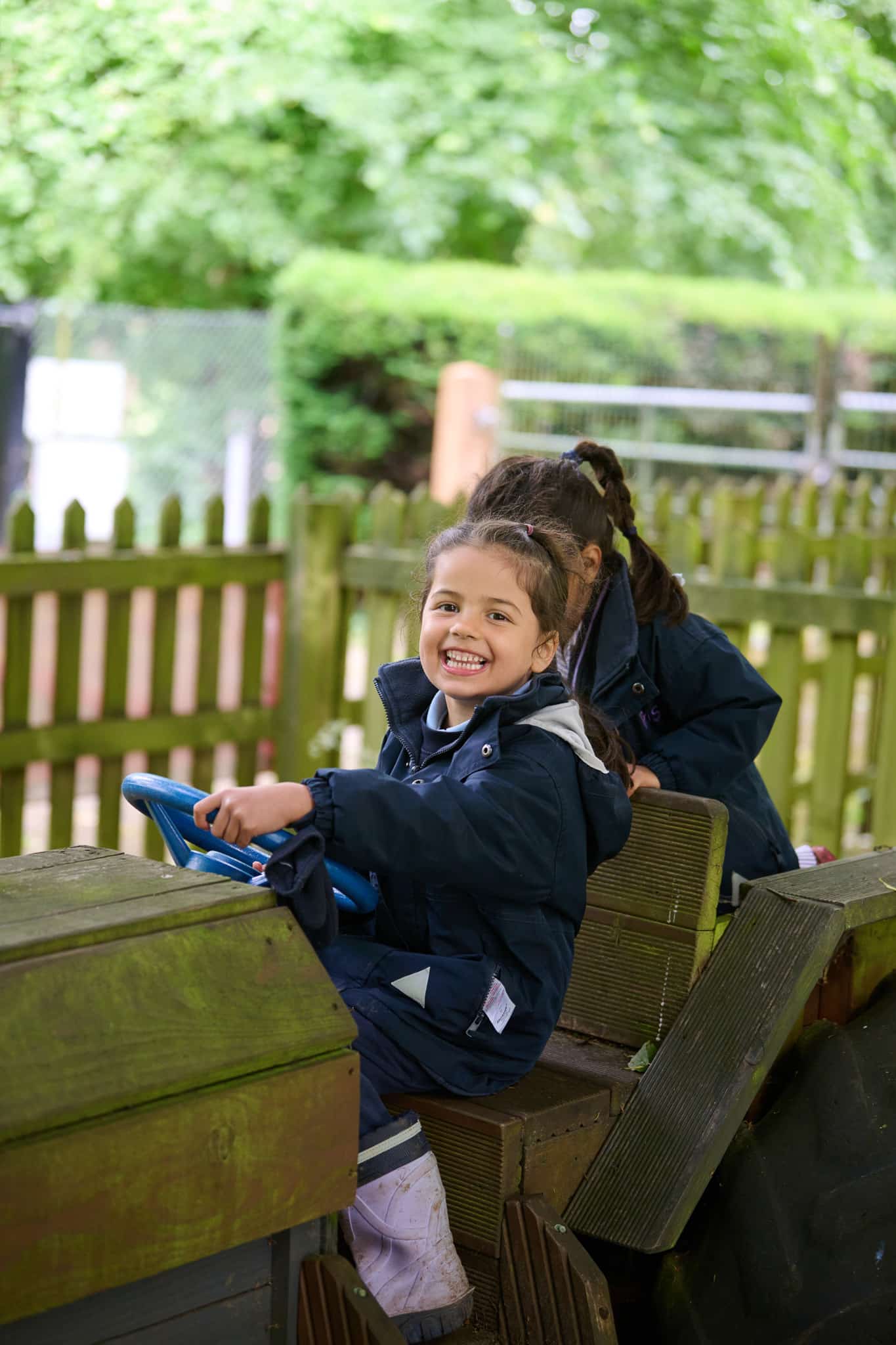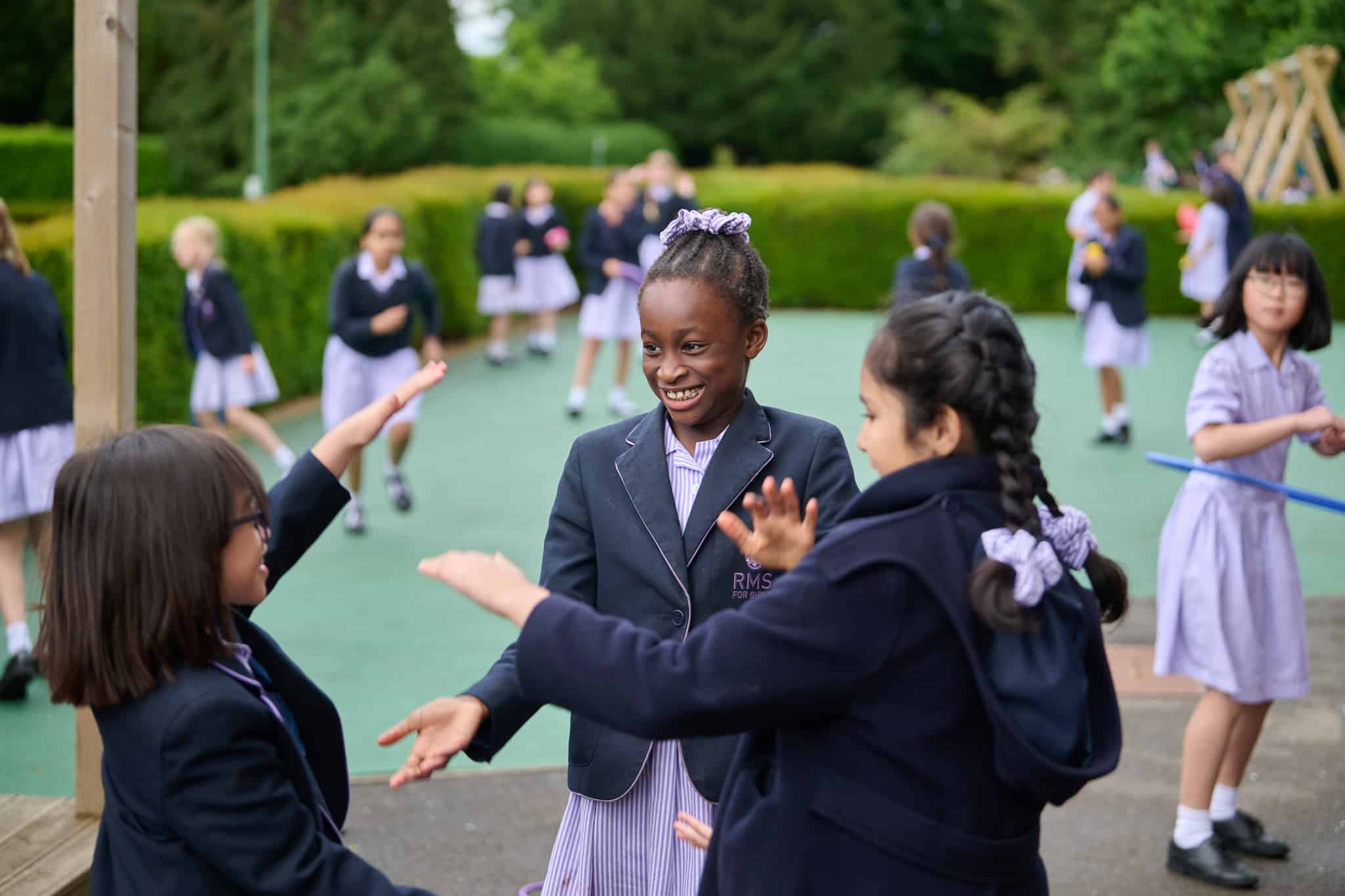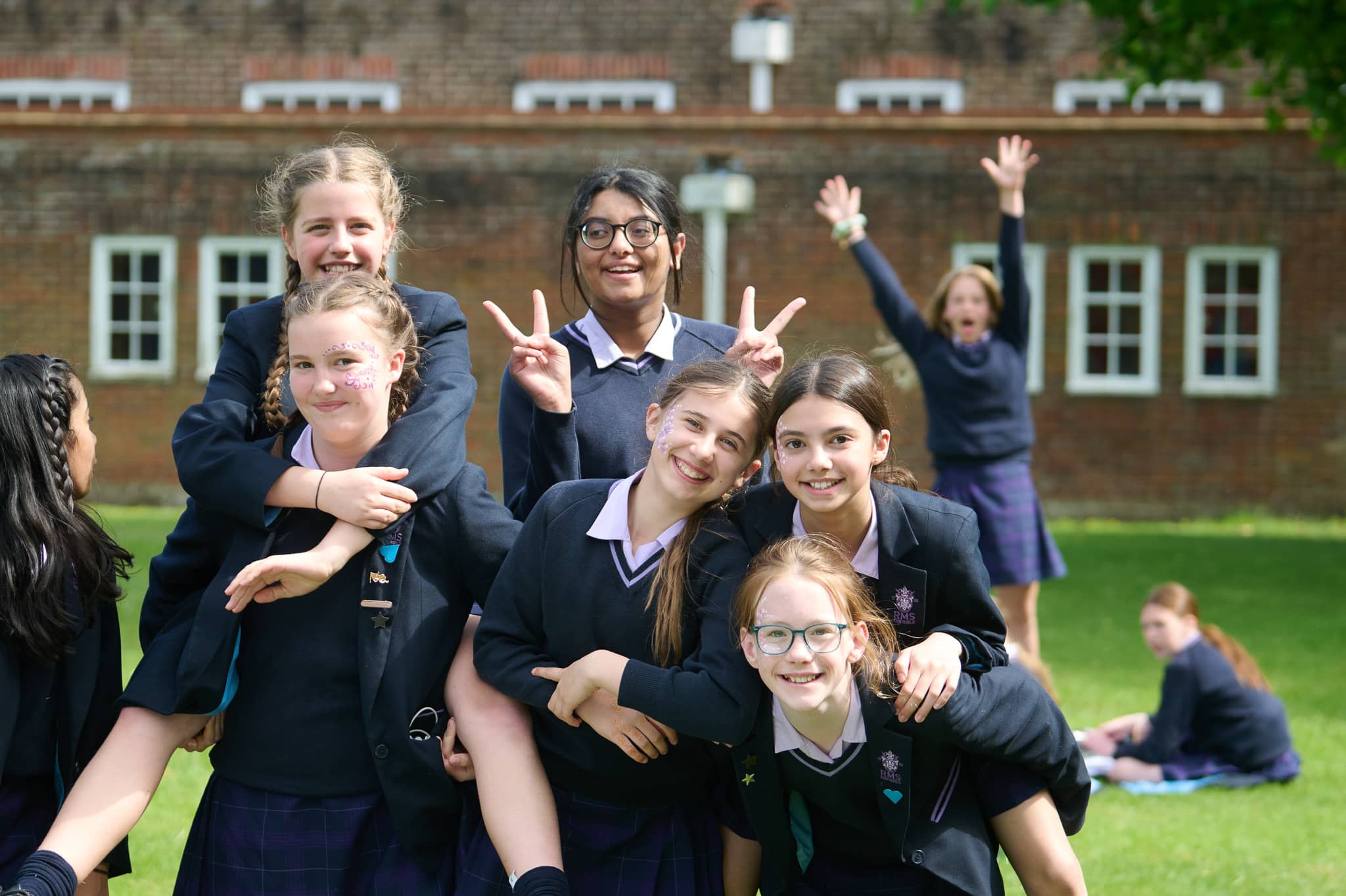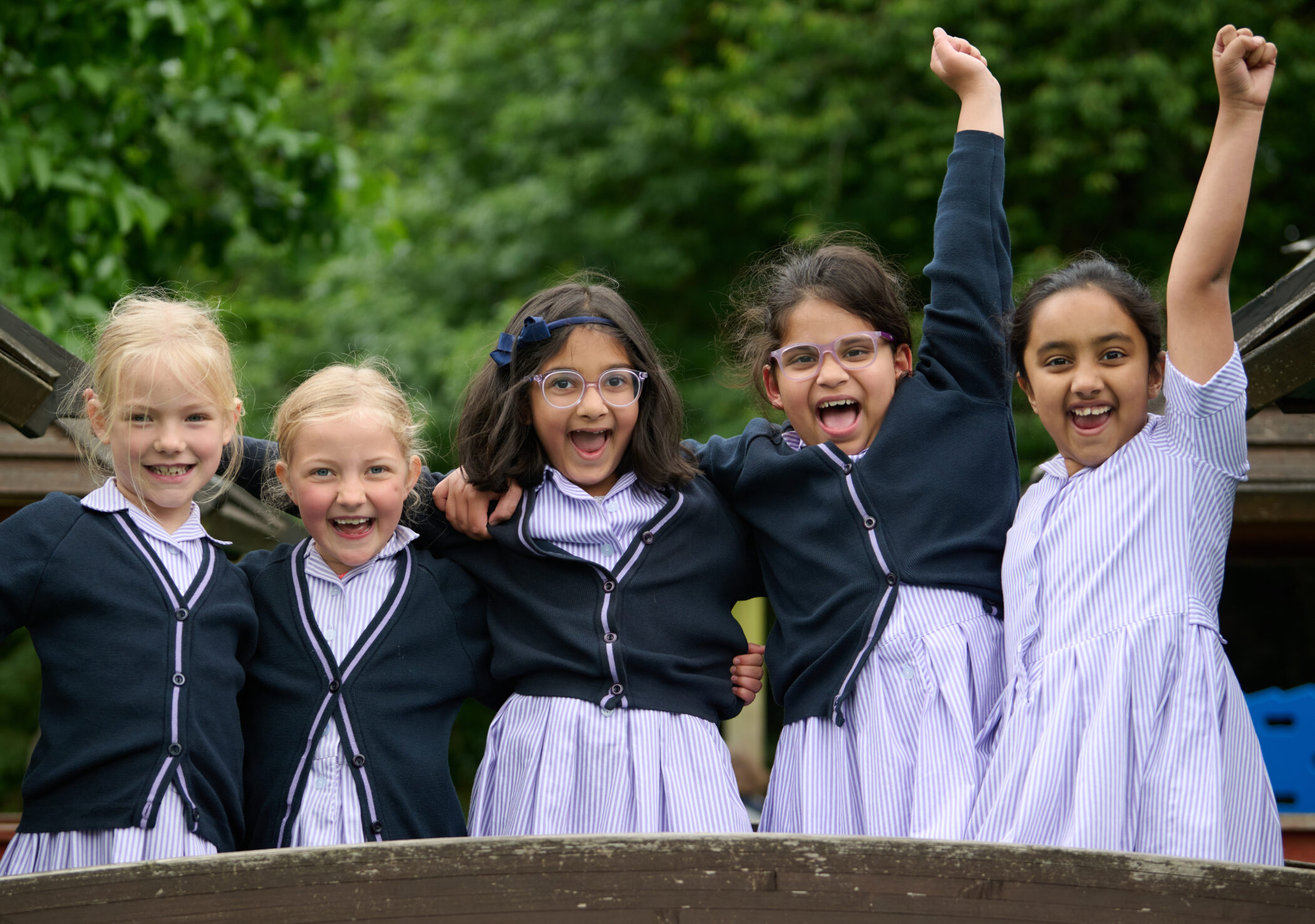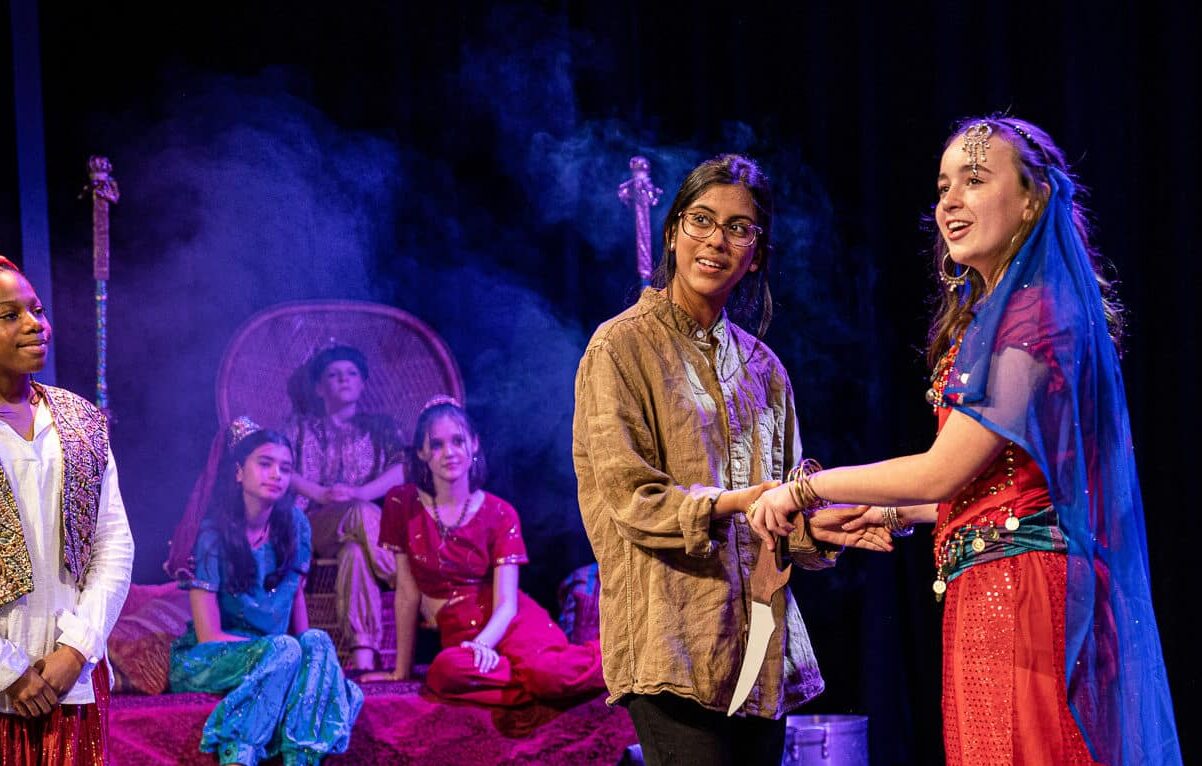In Year 9 History lessons, we start to learn about the First World War. The Battlefields trip is a unique opportunity for us to see the battlegrounds, trenches and memorials of the Great War, and see what we've studying in the classroom in real life.
Since 2014 the world has been marking 100 years since the outbreak of the Great War, and the importance of this is immediately apparent when you visit the sites.
Early morning on Saturday the 30th April we set off to France. On our arrival we visited La Boisselle, which was situated at the heart of what had been the Somme Battlefields.

The following day we visited The Somme Museum and explored the many artefacts that have survived.
We then visited the Thiepval Memorial. This is the largest of the Memorials to the Missing men of the war. 

"This Memorial is Dedicated to the Men and Women who at the call of King and country, left all that was dear to them, endured hardness, faced danger, and finally passed out of the sight of man, giving up their own lives that others might live in Freedom.”
We then made our way to Vimy Ridge. This site commemorates the attack which was undertaken by the Canadian troops in April 1917. The Germans had held this important area since the outbreak of war in 1914 so this was a very important battle. The Canadian government now run the site and it is a memorial to their Forces who fought in the Great War. On average 45 Canadian students run this and other Canadian sites and provide detailed tours to visitors.



Afterwards we met our guide, Simone. She was great and very knowledgeable about the sites we were seeing. She started our tour by taking us to Essex Farm cemetery and medical-dressing station. This is perhaps most famous for its association with John McCrae who, whilst stationed at Essex Farm in May 1915, wrote the very famous poem ‘In Flanders Field’. He wrote this poem after one of his close friends had been killed and buried and he saw the poppies blowing in the wind near the graves and this influenced the words he wrote;
In Flanders’ Fields the poppies blow
Between the crosses, row on row.
That mark our place; and in the sky
The larks, still bravely singing, fly
Scarce heard amid the guns below.

Afterwards we travelled to Tyne Cot cemetery, which is a burial ground for the Commonwealth dead of the First World War; it is also the site where RMS holds their Remembrance Ceremony each year to the Old Boys of RMS. We gathered in a circle and the teachers read out the Act of Remembrance. They then read out the 112 names which are on the memorial along the Chapel Corridor. This was a particularly moving experience as for each name read aloud a student laid down a red carnation and we would like to thank FORMS for providing the red carnations for this ceremony.

Having cleaned ourselves up we then headed back to Ypres to have dinner and then see the Last Post at the Menin Gate. At 8.00pm each day, the masses gather at the Menin Gate to hold this ceremony. A young boy from a Scottish school accompanied the trumpeters with bagpipes making this an even more special occasion. It was a touching end to what had been a moving day and also gave us an opportunity to give the Last Post Association the money we had raised through our cake sale – thank you to all those who bought them and helped us raise over £200!
Our final visit was to "In Flanders Field Museum", in Ypres. The museum is full of interesting artefacts, and its layout is intentionally designed to make the visitor feel uncomfortable, which adds to the atmosphere. It was a good way to end the trip and summarise all that we had been learning about.
We would like to thank the staff (Mrs Eccles, Mr Grogan, Miss Callow, Mr Broome and Mrs Burrows) for taking on this fascinating trip.
You can see more of our trip photographs here:


